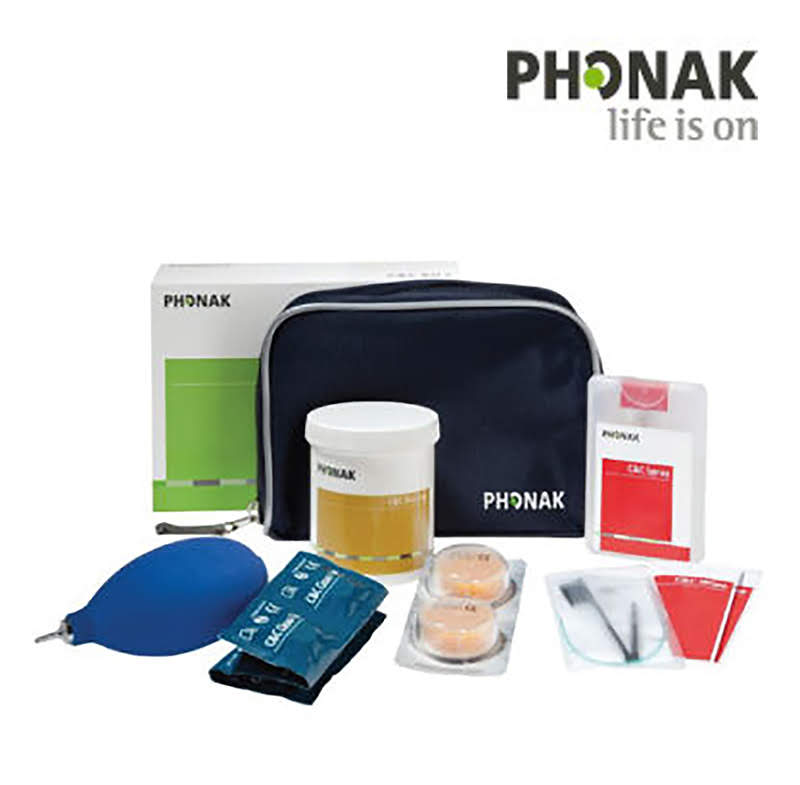Hearing aids just don't like humidity, electronics don't like water. It's a real problem if you live in a humid climate, especially during the hot summer months. Eventually, the electronics may get saturated and the hearing aids may fail. More often than not, when they dry out, they will burst back to life. Sometimes, they won't. Even if the hearing aids don't outright fail, the sound may become weak and will not meet your amplification needs. While many of the hearing aid brands have taken steps to protect the circuitry, it still happens. There are steps you can take to protect your hearing aids though. Let's take a look at them.

Drying is The Key
The most important thing you can do is to dry your hearing aids every night. The use of some sort of drying kit will ensure that your hearing aids will not become saturated with moisture and fail. Drying as a strategy is actually a good idea year-round, especially if you wear a Reciever In Canal or custom In The Ear hearing aid.
Different Drying Tools
There a more than a few drying tools, the simplest is a plastic drying pot that you drop a drying tablet into. You then drop your hearing aids in with the battery doors open every night. It's simple, effective and cheap enough. Of course, there are also more high tech electronic devices that will dry your hearing aids. While they are a more expensive option, they do the job nicely. Unfortunately, you have a problem using both if your hearing aids are rechargeable. How can you recharge and dry at the same time?
Drying Rechargeable Hearing Aids
Some of the hearing aid brands have considered this and designed cases or chargers that will allow you to both dry and charge. Phonak have a large charging case that can be ordered as an accessory that will take a standard drying tablet in the lid. I believe that this case may also be used with Unitron's new Discovery rechargeable hearing aids. Starkey has also designed a case that will accept a drying tablet.
Widex have designed a new combination charger and dryer for their rechargeable hearing aids. Again, it is an accessory and can be ordered separately from your aids. Resound haven't necessarily designed the magnificent Quattro case to take a drying tablet, but you can fit one in there with a shove.
None of the Signia rechargeable devices come with a case that can take a drying tablet. Nor does the offerings from Oticon and Bernafon. Having said that, the act of charging may help to dry out the hearing aids. There is tiny amounts of heat produced when charging hearing devices, it may be enough to reduce humidity in the case of the device. I can't be sure if it would help with the receiver.
Dry Them The Hearing Aids
If you want to protect your devices to ensure the long term reliability of them, you need to sort out some sort of drying routine. While summer is the real danger zone, it is worth doing it all year-round. During the winter months, you are often passing from cold zones to hot zones which encourages condensation build-up. So your hearing aids can easily become saturated with moisture during the winter as well.
We have a pretty good (if I say so myself) outline on how you can clean and care for your hearing aids here. Steve has also done a great article on what you should do if your hearing aids get wet. This is a great how-to, for dealing with hearing aids that have become soaked by dropping in water. It's pretty simple though, clean and care of your hearing aids will ensure that they keep working for longer, you can't afford not to do it.
Like us on Facebook to keep up with our latest burblings by clicking the button below, you know you want to.










